Why Kirin is joining hands with a startup operating "hair color salons"—Their collaboration process and purpose
We asked about their shared expectations and the reasons why the collaboration took shape so smoothly.
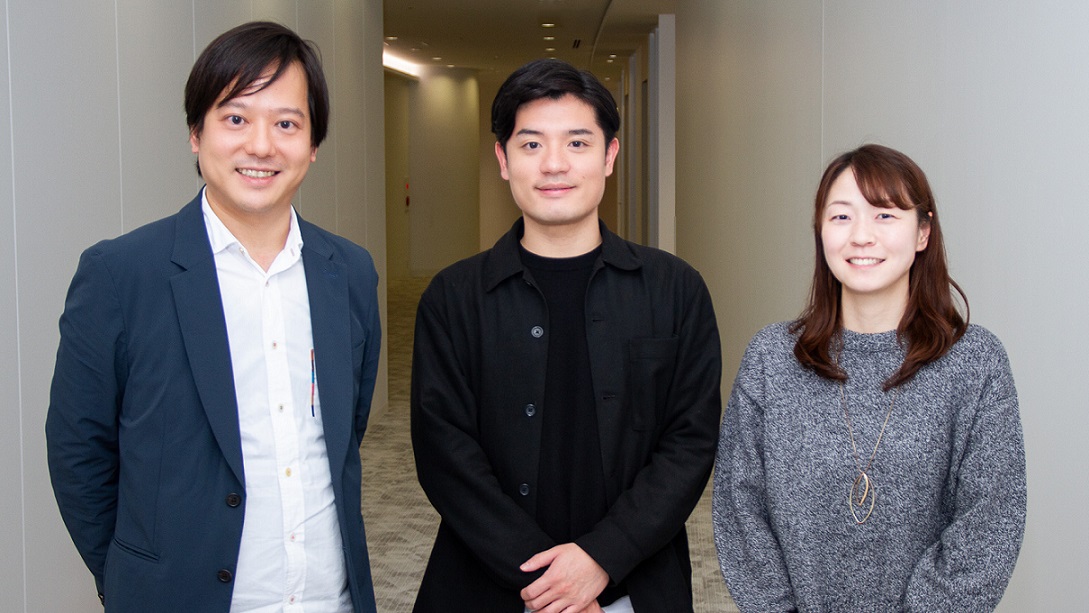
Written by the Universe Editorial Team
Kirin Holdings’ corporate venture capital (CVC) fund “KIRIN HEALTH INNOVATION FUND” invests in and supports various startups that have synergy potential with the Kirin Group.
One of the portfolio startups is Fast Beauty inc. (Fast Beauty), a company operating their hair color salon “fufu.” While the company does not seem to have many things in common with the Kirin Group, it has been collaborating with FANCL, one of Kirin’s group companies, through mutual customer referral and other measures.
What was their purpose and what kind of process did they go through to make the collaboration happen? We asked Yu Harada, CSO of Fast Beauty; Naoki Takamatsu of FANCL; and YurikaTakano, a member of the Kirin Holdings’ CVC team.
(The names of departments and roles may have changed after the interview.)
“Similarities” that connected two companies in different industries
──Tell us how the collaboration started between fufu and FANCL.
Harada: fufu is a hair color salon mainly targeting women over 40 years old, located in 130 places throughout Japan. We wanted to offer tailored beauty services not limited to hair coloring to fufu customers. However, it was difficult for us to expand our services on our own as we do not manufacture goods and only offer services.
In that context, we had been paying attention to FANCL for some time. FANCL sells food supplements for each age group such as “supplements for people over 40 years old.” Because there are various types of supplements available, many customers are confused about which one to take. To respond to this, FANCL offers products that give customers easy-to-understand recommendations. We often praised FANCL’s wonderful customer-centric services among ourselves saying, “this is what we want to do.”

──How did Kirin and FANCL members feel when fufu approached you about business collaboration?
Takano: Before talking with fufu, I had this notion that fufu simply operated "hair color salons.” However, when I spoke with the company, I found out that it was not just offering hair coloring but also intended to address a wide range of concerns women face, in order to enrich their lives. I was genuinely moved by that aspiration.
Kirin respects the concept of “Creating Shared Value (CSV),” which is to balance economic value and social value through business. I felt that the collaboration with fufu fits with FANCL’s corporate value of cherishing both external beauty and internal health.
Takamatsu: When I heard about fufu’s vision, I also felt that I wanted to work together. fufu and FANCL share the same core customer group. Also, as FANCL has its own directly- managed salons, I thought we could collaborate in various ways.
──Tugawa-san who is the CVC team leader said before that he placed importance on whether he can resonate with a startup’s aspirations and visions when considering investment and collaboration. Is this something that you are also mindful of, Takano-san?
Takano: Yes, that is definitely our policy. In CVC activities, I believe that both companies should complement each other’s strengths and be partners in solving common social issues. We believe that it is important to be able to resonate with the visions to confirm whether we can work toward the same goal.
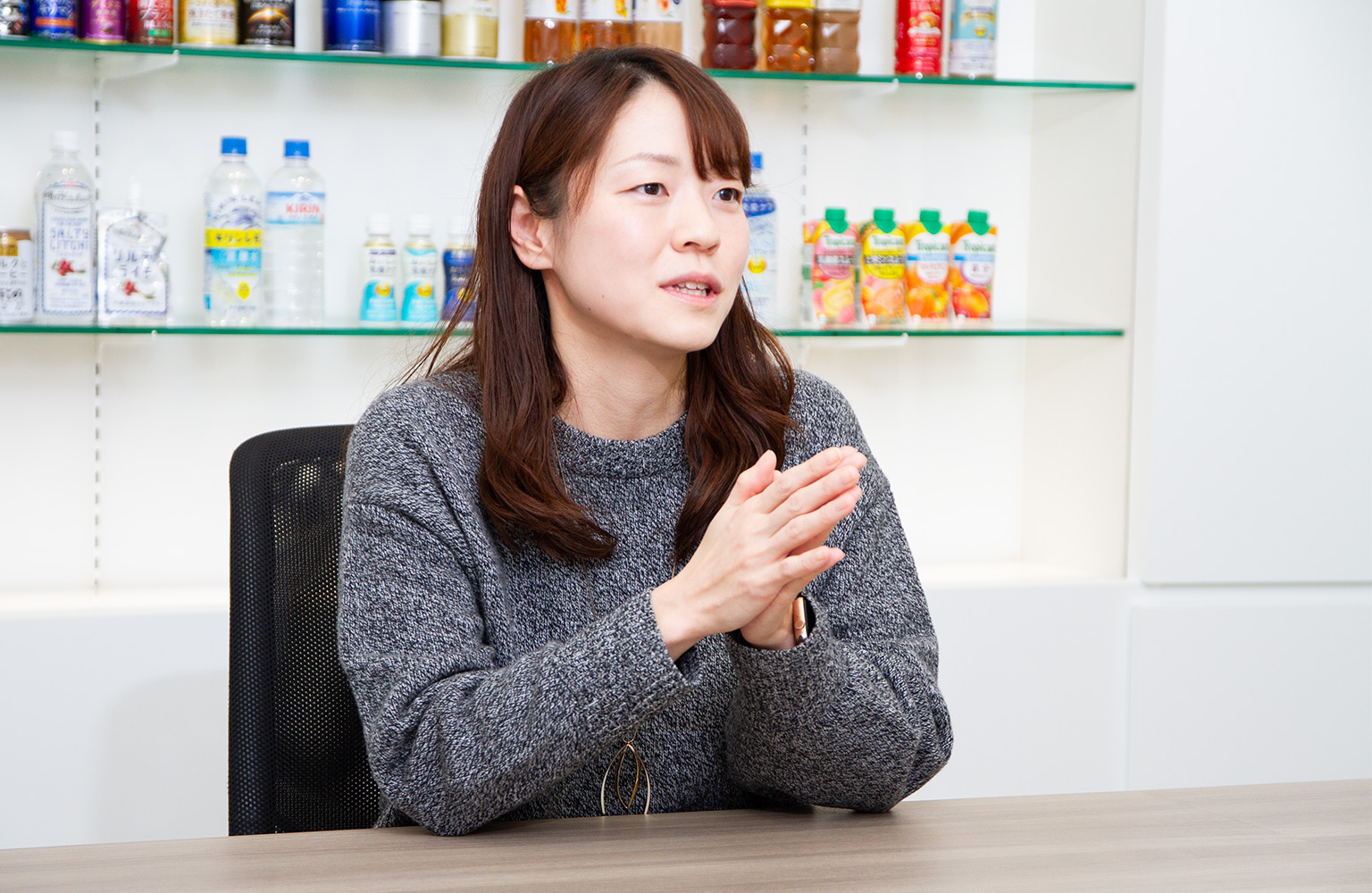
There is more to mutual customer referral than “expanding the customer base”
──The first step of the collaboration was to conduct mutual customer referral at the salons and stores. Tell us about the outcomes and findings that might be useful for your future business.
Harada: Mutual customer referral is of course beneficial because it adds new customers. But the cherry on the cake was finding out customer needs that fufu would never have been able to grasp on our own.
In this mutual customer referral, fufu customers received skin diagnosis and counseling at FANCL stores. We were able to obtain a lot of information that would lead to future business expansion. Now that we know what kind of customers have what kind of skin problems, we can even place FANCL’s diagnostic equipment in fufu salons and propose highly-needed beauty products in the future. I think we can say that we are now at the starting point of providing “personalized beauty services”that we aim to offer in the future.
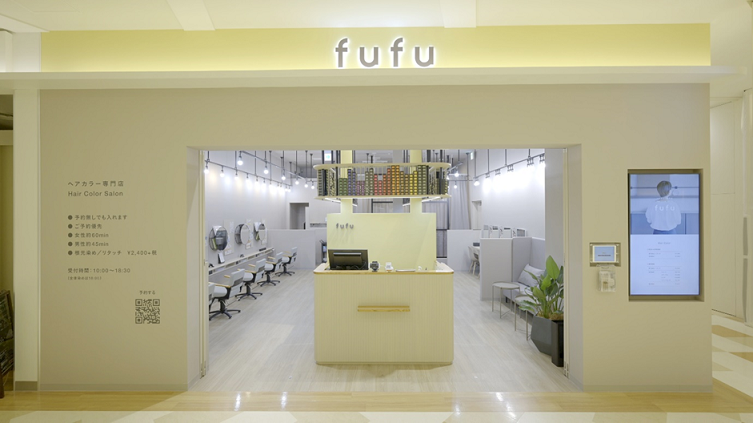
──What did this initiative mean to FANCL and Kirin?
Takamatsu: Compared to the mutual customer referrals that FANCL conducted with other companies in the past, we received a much larger number of customers from fufu. We were able to prove a high level of synergy between the two companies, which was a great success.
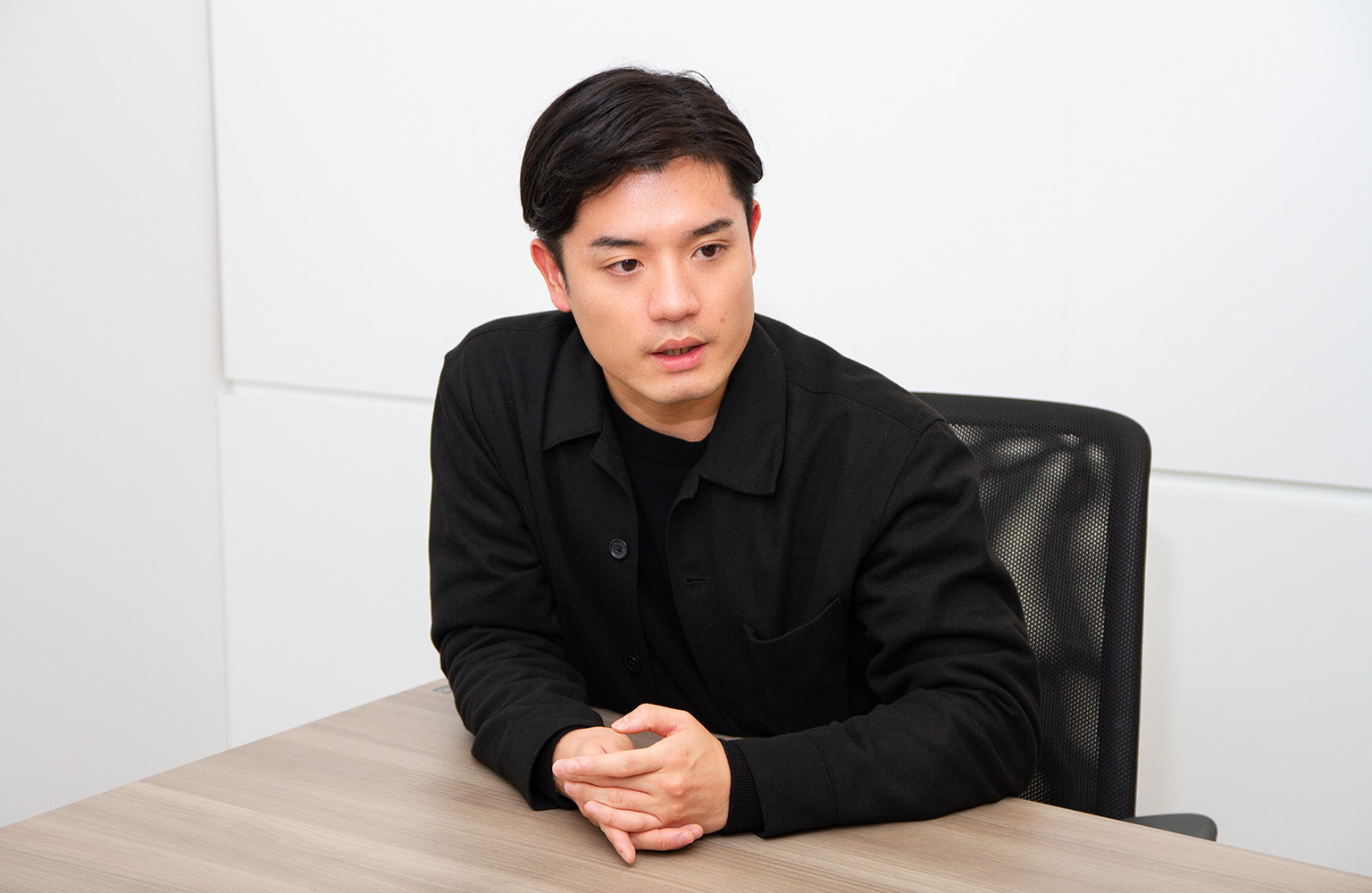
Takano: The idea of focusing on the beauty salon channel would probably have been difficult for FANCL alone to come up with. Moreover, a typical beauty salon has a wide range of customers with a visit span of once every two to three months, but this is not the case with fufu. Many of fufu’s customers are women who are over 40 years old and frequently visit the salon as fufu’s service mainly focuses on dyeing gray hair. We were able to find out that this is an attractive channel to use in proposing the value of wellness as these women are in the age group that faces various health issues. Through collaboration with fufu, we felt that we could solve the problems faced by middle-aged or older women while verifying the affinity between beauty and health.
──So the assets of each company fit well together.
Harada:As a startup, we are “have-nots,” so we do not cling to driving our business on our own. We believe that being able to use the assets of large corporations such as Kirin and FANCL through collaboration adds extra value to the investment, which we are grateful for.
It was also meaningful for us to collaborate with the two companies that are deeply committed to manufacturing. There are still many so-called hair color salons that offer cheap or poor services, but unlike them, we are trying to provide our customers with really good things. We felt that Kirin and FANCL, both earnestly pursuing manufacturing, would resonate with our philosophy.
Takano: I am glad to hear that. Kirin and FANCL both value the very idea of manufacturing with integrity.
Takamatsu: FANCL has an integrated production and sales system in which we conduct everything from research to manufacturing and sales all by ourselves. As our corporate stance message “Honest Quality” indicates, we are very much centered on manufacturing. Perhaps we were able to bring this collaboration to fruition because we shared this same underlying view.
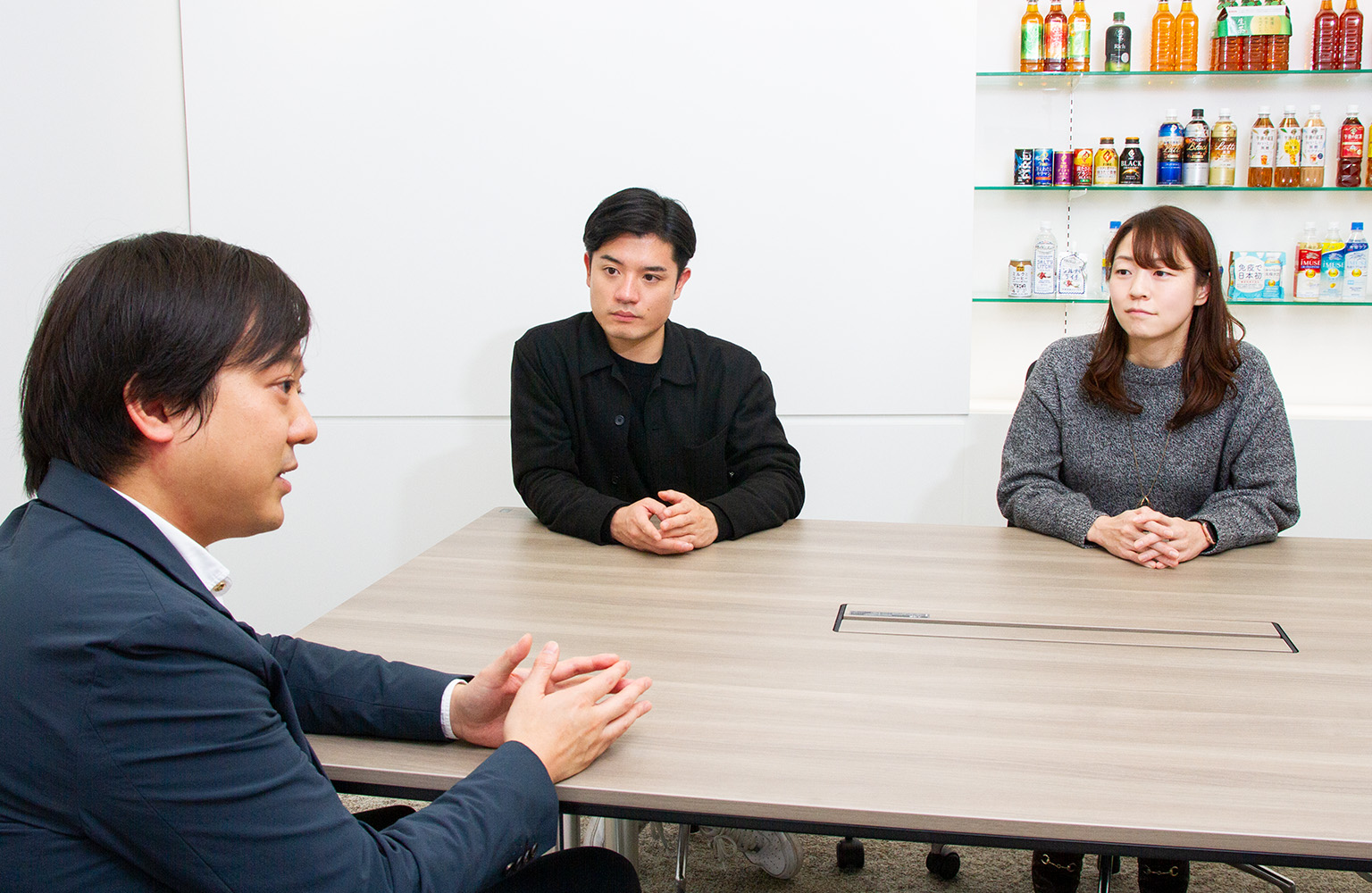
Why Kirin was speedy, so unlike a large corporation
──We often hear from large corporations that it is difficult to effectively collaborate with a startup. What did you do to make this project happen?
Takano: The Kirin Group encompasses various organizations in addition to FANCL. The CVC team is always looking for new business opportunities with those divisions and research institutes, but it is very time-consuming if we approach them separately one by one for each project.
That is why we started an initiative called Open Innovation Partners (OIP), in which members interested in open innovation from each division and research institute gather regularly to look at information on various startups. We communicate with each other on a daily basis to see if there are any opportunities for collaboration. In fact, Takamatsu-san is a member of the OIP. Through this activity, we were ables to catch up with FANCL in a timely manner on what issues they were facing and what kind of customers they wanted to approach, which helped us a lot in pursuing the project.
In addition, Takamatsu-san drove the project forward remarkably and negotiated with various people within FANCL. I believe it was thanks to Takamatsu-san that we were able to launch this project.
Takamatsu: I had a strong feeling that the initiatives with fufu were going to be meaningful, which is probably why I was able to keep making efforts in the negotiations within FANCL.

──When you were communicating with Kirin and FANCL, did you notice any differences compared to other companies?
Harada: The conversation went extremely smoothly. I have a consulting background and have worked on many projects with large corporations, where I sometimes had challenges. But this time, I faced nothing of the kind. It was like I was just doing my usual work.
── Takano-san, I heard you used to work for a startup on secondment. Has that experience been helpful in your CVC activities?
Takano: Yes, in many ways, and I would say there are two big things. One is that I am able to understand the startups’ feelings**. Dealing with large corporations is often burdensome for startups with limited resources. I think it is very common for projects to stop solely due to the large corporations own reasons. Having had experience working at a startup and now being in the opposite position, I keep in mind that we must never allow our own situations to hinder or control a startup’s growth.
The other is that I was able to reaffirm the significance of offering large corporations’ assets to society. As Harada-san mentioned earlier, startups basically have limited resources, so whatever they do, they do by collaborating with other companies and utilizing external resources from the very beginning, in order to win. I was very inspired by this way of thinking.
On the other hand, large corporations tend to do too much on their own because they have many assets. If we can break down the barrier and bring together companies that share a common aspiration and combine their knowledge and assets, that would create great value. The secondment taught me the importance of sharing what we have as a large corporation with society and startups.
Takamatsu: I have the same feeling. For 40 years, FANCL has been making and selling its own products, but nowadays that is no longer the way to survive. I’m eager to continue working on building a corporate culture that aims to break away from the principle of “do-it-yourself”.
One small step at a time toward a big dream
──Thank you. Now that you have completed the first initiative, what are your plans going forward?
Harada: If I allow myself to talk about my dream (laughs), it would be interesting if we could ultimately develop original products together, something like "supplements good for the hair.” Moreover, I don’t think we have to limit ourselves to just making and selling the products. We can also take advantage of fufu’s business model where customers frequently visit their salons to measure the effectiveness of the supplements on-site. I believe taking small steps one by one, such as the mutual customer referral, is the key to achieving h large-scale initiatives.

──Can you share FANCL and Kirin’s plans?
Takamatsu: We have plans like selling FANCL’s existing supplements on fufu’s e-commerce site and increasing the number of shops for mutual customer referral.
Based on the needs we identify, we would like to further collaborate on other products and channels. By accumulating such efforts, we would like to eliminate the “negatives” experienced by the customers that cannot be solved by one single company alone.
Takano: Kirin would like to continue working with fufu to support the beauty and health of middle-aged or older women and make them feel positive. In order to realize this, we need to work on initiatives that will have more business impact, and in that sense, this initiative we did was really meaningful. The first step of collaboration is what leads to bigger second and third steps.
I believe that Kirin will be able to offer new value to fufu in the future. When that time comes, we don’t want to keep things to FANCL, but rather connect fufu with various divisions and research institutes within Kirin to achieve co-creation. If needed, we are eager to utilize the Kirin Group’s external networks to bring happiness for our customers. I personally find it very rewarding to work with fufu in this way, and I would like to continue our partnership thinking outside the box.